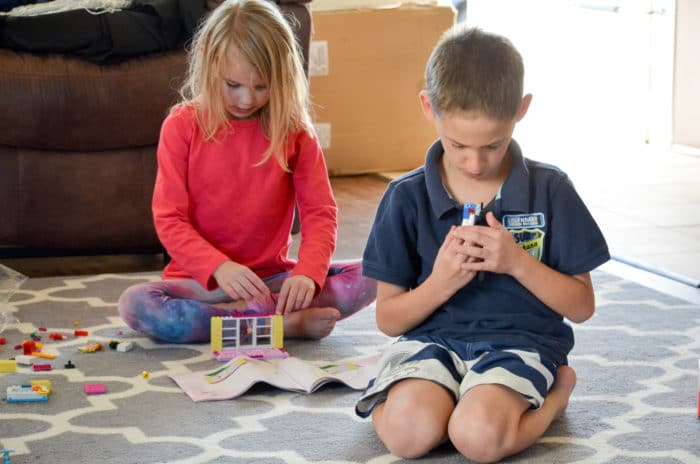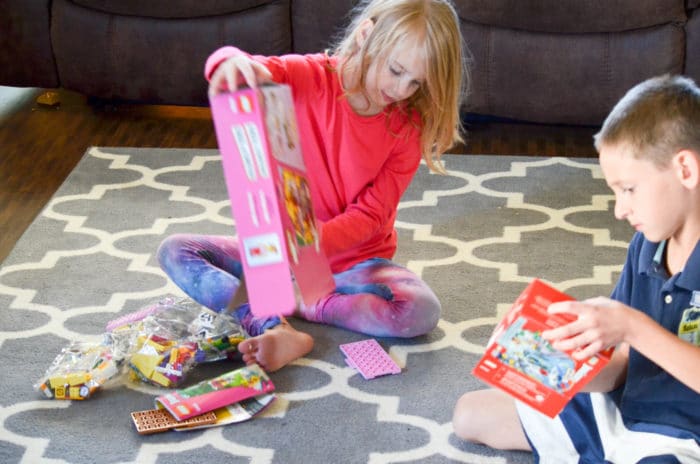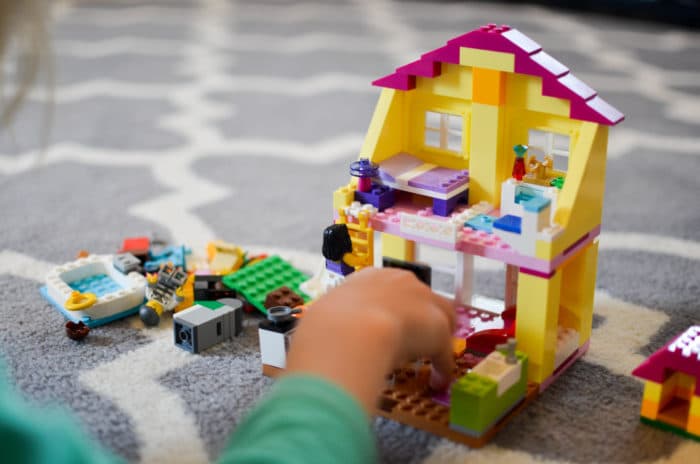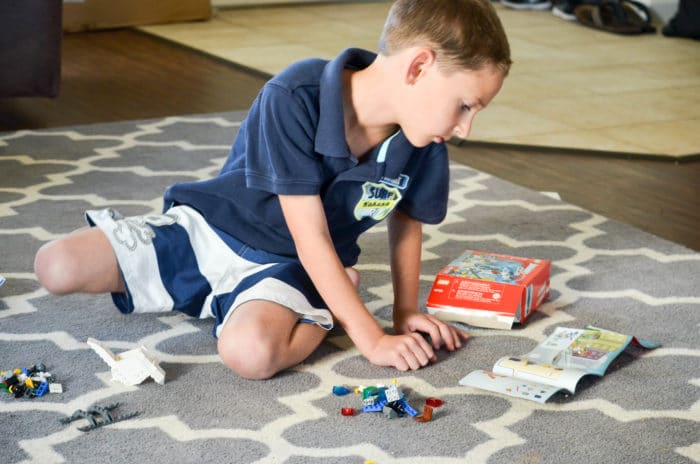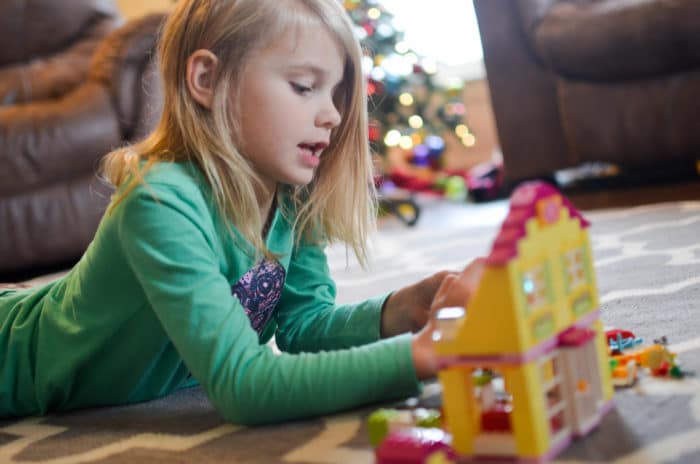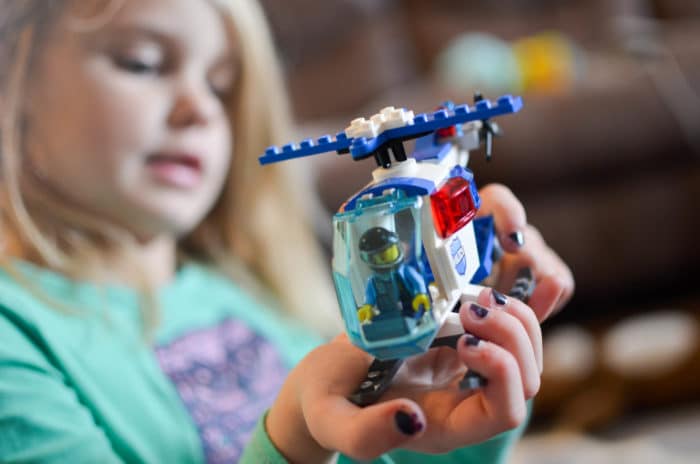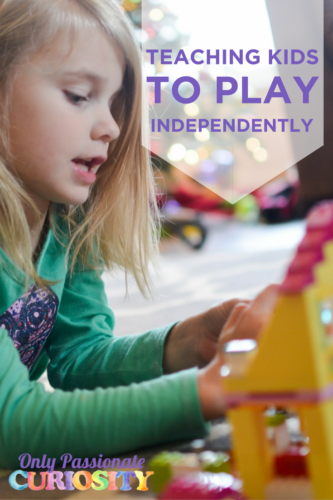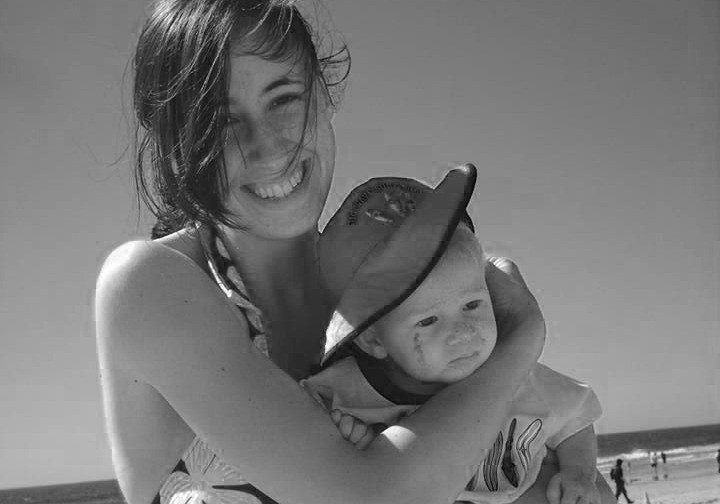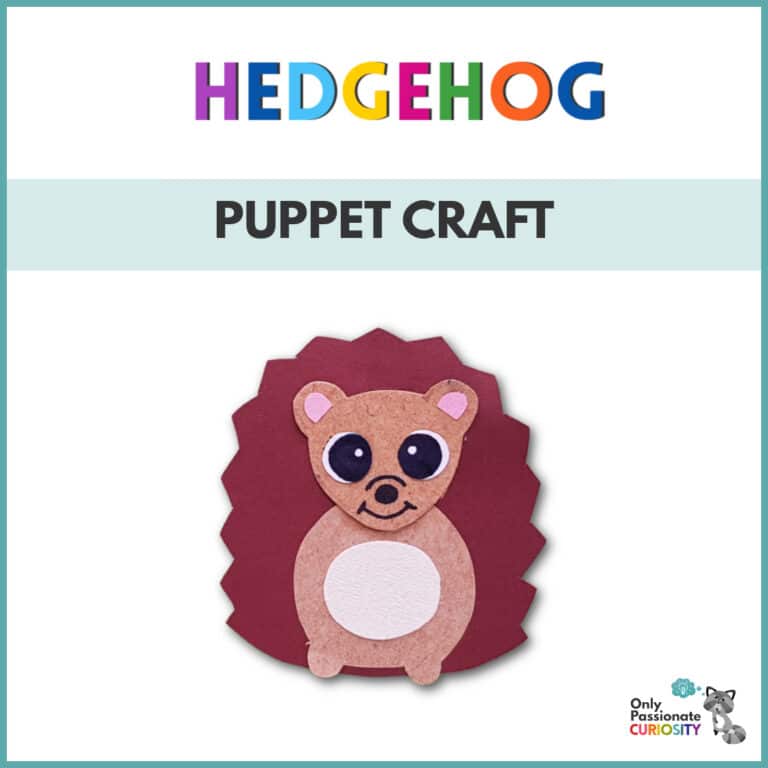Encouraging Independence in Play
I homeschool four kids. It’s not always the easiest job, because there is only one of me. The key to my sanity was finding a way to get my children to play alone. I needed them to enjoy their playtime without needing me to entertain them or play with them. I feel that it’s incredibly important for kids to learn independence, deal with boredom constructively and use their imagination.
How to Encourage Children to Play Alone Happily
Turn the TV off
I know, I know, the kids say they are bored. The TV instantly calms the chaos and they sit and are happy. The problem we have found with the TV in our house is that the more TV they watch, the more discontent they are. A couple years ago, I actually removed the TV from the living areas, and believe me, it was miserable for a couple days, but as soon as the kids realized I wasn’t going to cave, all of a sudden they had a new found interest in their toys and playtime. You don’t need to take extreme steps, but even limiting the tv for just an hour or so a day will help encourage your kids to learn to play alone happily.
Limit all screen time
It’s more than just TV that is a bit of a happiness sucker. All screens, even the educational variety play a part in sucking out my kids imaginative energy and desire to go play. Consider looking past the TV to see how much time your kids spend on tablets, phones and other beeping flashing devices. Go old school for a little while and see what it does for your sanity. It’s counter-intuitive, but the less technology the kids have access to, the better they may play alone.
Provide them with age appropriate toys
Take stock of the toys your kids have. Have they outgrown them? Are they too advanced to be played with alone? Make sure they have a selection of toys that are just right for them and their development. I don’t reccomend having a ton of options (overwhelmed kids are not happy kids) but have 3-4 choices for them to play with.
One of our favorite toys for independent play are LEGO bricks. Little Miss and Doodle are obsessed with Bug’s big LEGO sets, but they just aren’t ready for them developmentally. LEGO Juniors are perfect for the 4-8 crowd, with smaller bricks then DUPLO but without as many challenges and small pieces as standard LEGO bricks. These sets are like “trainers” for LEGO brick loving kids, and they can get up and running quickly while still building from instructions just like their older brother.
Provide them with clear instructions
Make sure your kids know what is expected of them at playtime (for example, I explain to the Bigs that the Baby needs to nap and Mommy needs to get some work done, so they have to play quietly by themselves until the timer goes off, or until the baby wakes up, or until I call them back down).
Also make sure they know what they should be doing with their toy selection. Do they know how the game is intended to be played? Do they have the instructions for their LEGO set or craft kit? A child with questions or without direction is a child who is going to be coming to you instead of playing happily alone. LEGO Juniors come with clear, easy to follow instructions for younger kids so they can build and have the satisfaction of having done it themselves. They even put the bricks into numbered bags so the kids know right where to start and the steps to follow before they even get started- you want easy to use options like that for your kids during their independent play time.
Give them permission to not follow the instructions
If you have a rule follower (like my Doodle) make sure they know that it’s okay to explore their toys and get creative and have fun. I have to let him know that after he builds his LEGO Junior kit, it’s okay to pull it apart to create something else. The kids don’t have to always think inside the box!
Encourage imagination
Play time is story time. It’s singing and dancing time. It’s pretend you are a kitty and you are best friends with a dog time. It’s whatever time the kids want it to be. Once they really get into their game or their story, it’s hard to get them to want to stop playing!
Follow up and show interest
The most important part of encouraging regular independent play time in your home is to follow up. If you are going to read a book when the kids play, then at the end of the chapter, stop by their room, and sit down on the floor with them and ask them to tell you about their creations. Or, at dinner time, ask them to show you what they built with their LEGO bricks or tell you what they plan on playing with next. If they have an elaborate game set up in their room, don’t make them immediately clean it up. Let the story continue for a day or two. Show true interest in their playtime.
I was selected for this opportunity as a member of CLEVER and the content and opinions expressed here are all my own.



